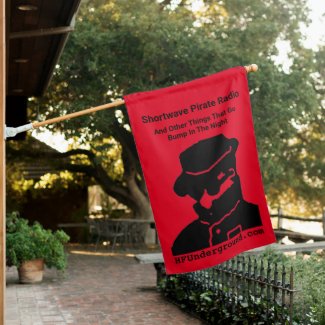202
« on: November 29, 2020, 2346 UTC »
I have not been doing much radio stuff recently, but I have been doing my scheduled and programmed recordings and spectrum captures. Those go on automatically as long as the hardware is turned on, and it has been on 24/7 even if I have been doing other things. For V24 I capture and chart signal levels on all known past V24 freqs, including freqs they have not used in years, and record IQ files of scheduled transmission windows plus a bit more spectrum just in case.
Today I sat down to update the V24 schedule, which I last updated in March of 2020. To do that I basically played back all the recordings and spectrum captures since March during the time period of 1000 to 1700 UTC daily.
It turns out V24 has not transmitted, to the best of my knowledge, since late September. In September V24 made two of its nine schedules, or 6 of a possible 27 transmission. It transmitted on 6215 kHz, on days 5, 7, and 9, at 1500 UTC each day, and it transmitted on 4900 kHz, on days 23, 25, and 27, at 1530 UTC. So the last V24 transmission I am aware of was September 27, at 1530 UTC, on 4900 kHz. And for several months prior to that it was at a much lower than normal rate of activity.
Of course there are several possibilities, the simplest is they may have shifted to a new schedule with new times and frequencies I have not captured. Or they may have just taken one of their unexplained pauses. In 2015 V24 did not transmit from 16 June to 26 November, one theory is that they changed transmitter facilities during that time period.
So, is V24 gone? Or is it just taking a rest? Or did COVID slow it down?
T!



